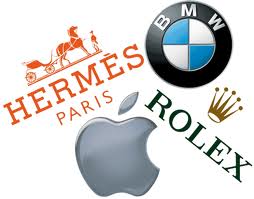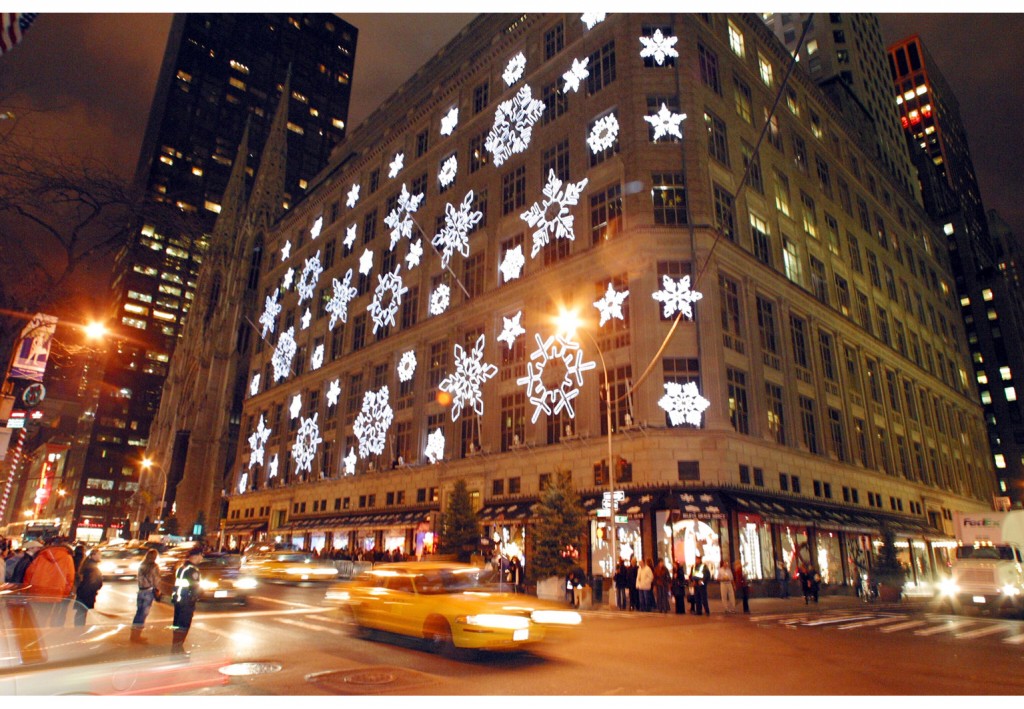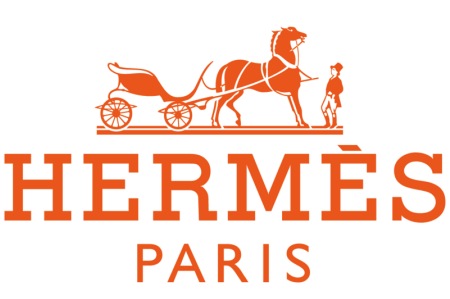 Brand allegiance is a funny thing.
Brand allegiance is a funny thing.
When it works well the customer identifies with the brand in a deep, meaningful, and personal way. When it doesn’t work – most likely when the brand lets a customer down in some way – the old loyalty can be almost impossible to truly win back.
While women are still targeted by designer trends, men traditionally stick with a brand they like and trust. Over the past several years, designers and marketing departments have been working overtime to encourage men to think and shop more like women – season to season, for example. That approach to the menswear market has had some limited success, but for the most part guys are still guys.
Today, it is a given that each one of us is our own brand ambassador. We can pick and choose from dozens of small, artisanal, heritage, and hand-crafted brands that produce quality goods ranging from bow ties to bicycle seats, briefcases to brogues. We select the brands that best define us, choosing the things of our life much like a curator selects an artifact for display in his museum.
It wasn’t so long ago that this sense of sartorial independence and style ownership simply didn’t exist. The remarkable and landscape-shifting trend in which the customer is more or less his own brand is a recent one. For a very long time larger homogenized brands like Ralph Lauren, Tommy Hilfinger, and Brooks Brothers held dominant positions in menswear when it came to defining the parameters of style. Global brands had reach, manufacturing leverage, big marketing budgets, and a lock on most markets. They defined what “classic style” and “preppy” meant for many male consumers. The brands more or less told the consumer what he should want, and charged a premium for the privilege of getting it.
But, in November 2008, the retail world turned upside down. When the luxury retail economy collapsed along with everything else, the jig was up. Almost overnight, the very concept of brand loyalty and even the basic understanding of how a consumer sees their favorite brand, logo, or company, had dramatically changed.
 The crash of mass couture all started with Saks Fifth Avenue.
The crash of mass couture all started with Saks Fifth Avenue.
There were already fears about economic problems in the months leading up to the 2008 holiday shopping season. But as Black Friday rolled around, the retailing earth shook when, without any pretense or warning Saks, the bastion of luxury retail, preemptively slashed prices on designer clothes by 70 percent.
This was unheard of; the designers from whom Saks Fifth Avenue purchased high-end goods were caught totally off guard and other major luxury retailers were forced to quickly follow suit. Soon after, boutiques and then second-tier retailers were forced to massively reduce prices.
A cardinal rule of luxury retail had been broken and overnight already skittish consumers were suddenly wondering if their Louis Vuitton duffle bag or designer jeans were ever worth what they had paid only the day before.
What followed was nothing less than a reshaping of the luxury retail landscape. Saks had correctly surmised that this was the last hurrah of the luxury-for-all boom years and acted in an appropriately dramatic fashion to try and salvage what sales it could from a rapidly deteriorating market. The rest of the high-end retail universe soon saw the writing on the wall and slashed their already low holiday sales prices to the bone and prayed for the best. Then they slashed again.
Only now, nearly five years on, is the luxury goods market taking some tentative steps toward reestablishing a connection with the mid-tier consumers previously enamored with their logoed goods. However, for many the magic is long gone.
The spell of mass-market exclusivity was broken back in the winter of 2008. As the economic dust settled, the value that customers saw in their big-brand luxury goods – clothing, accessories, watches, and even automobiles – was sharply questioned. What is the real worth of my Gucci briefcase? How exclusive or special is something if everyone else has it – or at least can have it?
It was bad enough that mass-luxury retailers like LVMH Louis Vuitton Moet Hennessy, Gucci, Coach, Prada, and even Tiffany & Co., had diluted their luxury status by aggressively courting middle class consumers with mid-priced products to drive their incredible growth. Now, they were no longer being viewed as luxury brands. They were more like luxury image brands; form but little substance.
In a race to capture aspirational money, these companies had targeted average folks who wanted to live slices of the high life by way of expensive accoutrements. In doing so, many luxury houses left disillusioned the truly wealthy who had helped build up their brand’s cache to begin with.
When the bottom fell out of the retail market, all those teenagers and newly minted MBAs (e.g. those who acted wealthy because they could float a luxurious life on credit) vanished overnight. Just like that, the plastic powered cash cow of mass luxury stopped spending.
Then the other hand crafted cordovan slip-on dropped. As the economic tsunami kept on rolling, to this very day even, it ultimately pulled under a formerly recession-proof demographic: truly wealthy people. They may not all be broke, but they sure stopped spending like they used to. When people who are actually rich stop buying things you know it’s bad.
A brand that did not compromise
 As the luxury goods market struggled to come to terms with what had just happened, only one label emerged relatively unscathed – Hermes. While always appreciating and welcoming its less than moneyed customers, the company never altered its brand or marketing strategy to exclusively attract them.
As the luxury goods market struggled to come to terms with what had just happened, only one label emerged relatively unscathed – Hermes. While always appreciating and welcoming its less than moneyed customers, the company never altered its brand or marketing strategy to exclusively attract them.
Hermes is unabashedly a luxury brand and has never apologized for it. This kind of loyalty to its primary customer base, those with disposable cash money, has helped the company remain relatively secure during this period of intense retail upheaval.
With healthy cash reserves on which to lean during tough times, Hermes was able to retain its highly skilled staff, focus on its market, and most importantly, buy time as its market recovered. The added benefit of Hermes having never embraced “logoed” retailing became clear as consumers quickly found it unseemly, should you have the money, to flaunt overtly designer brands. A Hermes bag, though prohibitively expensive, is luxuriously devoid of logos or even a nameplate.
Hermes has been able to thrive in this downturn because its obsessive focus on quality and perfection remain true to the brand’s heritage. Hermes never lost its mystique, the most valuable asset of a luxury firm. Additionally, these key attributes became touchstones for many style influenceers as the mantras of quality, heritage, craft, and meaning gained prominence.
For all those other brands that had heretofore defined the lives we all were supposed to want, everything had changed. They suddenly looked jaded and false, pretentious, and gaudy. In the blink of an eye everyone realized that they had been living in someone else’s marketing plan.
Without those brands and their worlds to define us (or least define us less), how would we now define what brands meant to us?
It’s all about you
It turned out that many smaller and specialized brands – some now very familiar – had been waiting for their shot at the brass ring. At the same time, some consumers began to turn away from mega brands and finally think about what message they were telegraphing about themselves. As they looked around, guys began to see other options rich in design, craftsmanship, style, and quality.
 Equal parts economic pressure and individual desire helped turn consumer focus toward decidedly old-school metrics: cost and value. Products with history, enduring style and tangible quality became cool.
Equal parts economic pressure and individual desire helped turn consumer focus toward decidedly old-school metrics: cost and value. Products with history, enduring style and tangible quality became cool.
Blogs and websites began to talk about old brands, small brands, heritage brands, made-in-America brands and the benefits of unique over common. The idea of craftsmanship is again paramount. J. Crew caught this movement early and deftly created its “in good company” strategy, thanks to which an entirely new generation knows of brands like Alden.
At its core, the feeling is that if I’m going to buy something expensive and luxurious, it should be unique and hand crafted. Instead of three “luxury” off the rack suits, I want one custom suit that will last for years.
With consumers taking over the job of promoting or dismissing luxury goods via blogs, twitter, or Facebook, and simply by communicating with each other and bypassing traditional advertising altogether, the definition of branding is changing as well.
Your personal style is now your logo
In fact, it seems that now we’re the brand. Designers and marketers are looking for ways to get their products associated with people. It’s not just about us wanting to live in their worlds, now they want to be worthy of our personal brands.
It’s now about the brand of you.
The second half of this essay will discuss how these changes have turned the concept of branding on its head. So stay tuned…

What a shameless promotional article. Seriously, amazingly poor taste.
Wilco – I find your comment most curious. What exactly is being shamelessly promoted?
May be overstating a bit the shifting tides in brand marketing. Without a doubt, the iea of Personal Branding in on the rise, and brands are having to work harder to gain/maintain loyalty. The social media explosion is playing a big role in the shift. Looking forward to part 2.
Thanks DaveO, I talk a bit more about social media in the second half and agree with you that it is playing an important role in how brands interact with customers.
Hi, This a very thoughtful post! I have read it with great interest.
Udaipur, Jodhpur, Bikaner, Mandawa, Mount Abu,
Jaisalmer, Kota, Chittorgarh, Ajmer, Pushkar, etc are some additional tourist destinations and towns in the splendid and royally
state of Rajasthan. One of the most popular skiing destinations in France is La Plagne.
The opening up of the international house market has made pockets for
property development all over Europe, turning isolated,
rural and out of the way little villages into areas of expansive property development.
These are only simple tips on how to get involve with home buying process practically and conveniently and
getting a good start in the real estate field. Take this as a
learning experience and simply do better the next time.
What is the future prospect of the area, or
what is status of the area needs to be verified from reliable sources other than the promoter or seller
personnel.
I predict that future studies on body cameras worn by police officers will have similar findings.
It is one of the most basic security elements that you will need to protect your home.
A door alarm can be purchased for a very low price.
Thank you for the auspicious writeup. It actually
used to be a leisure account it. Look advanced to more added agreeable from you!
By the way, how can we be in contact?
A good pair of custom socks can be worn at a formal gathering or while taking in a ball game.
Gift baskets are now being made for just about every occasion imaginable and for just about anyone.
The next thing you need to do is to customize these t-shirts with your company
logo.